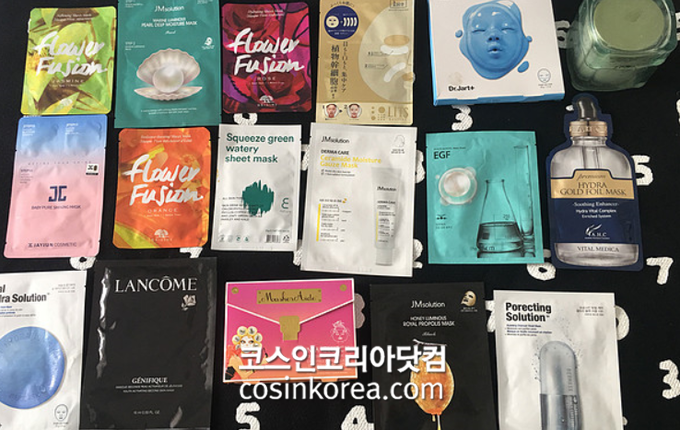Exploring the Phenomenon of K-Beauty: What is K-Beauty?
본문
1. The Evolution of K-Beauty
The term "K-Beauty" stems from the letter "K," representing Korea, and was initially coined to label products made in South Korea. As Korea's cosmetic industry began to expand its influence internationally, "K-Beauty" emerged around 2017 as an abbreviation to signify Korean beauty products.

Historically, Korean cosmetics followed behind major markets in Europe, the U.S., and Japan. However, the industry primarily catered to domestic consumers until a significant shift occurred around 2014, when a surge in the popularity of Korean facial masks in China ignited global interest. This rise in demand, led by indie beauty brands, paved the way for Korean cosmetics to gain a foothold in international markets.
As Korean beauty products gained traction in China, "K-Beauty" evolved into a distinct category. This growth coincided with the rise of Korean pop culture, exemplified by global icons like BTS and Blackpink, and the spread of K-Culture. While the initial spark for K-Beauty came from China, the movement quickly expanded to the U.S. and Europe. It has since become a global trend, with K-Beauty now recognized as a benchmark for innovation, skincare expertise, and beauty rituals worldwide.
Written by :
Hayden Haesung Lee
CEO, Beautylabs Co., Ltd
Responsible Person for Cosmetic Sales
MBA in Business Administration, Sejong University
Ph.D. Candidate in Marketing, Sejong University